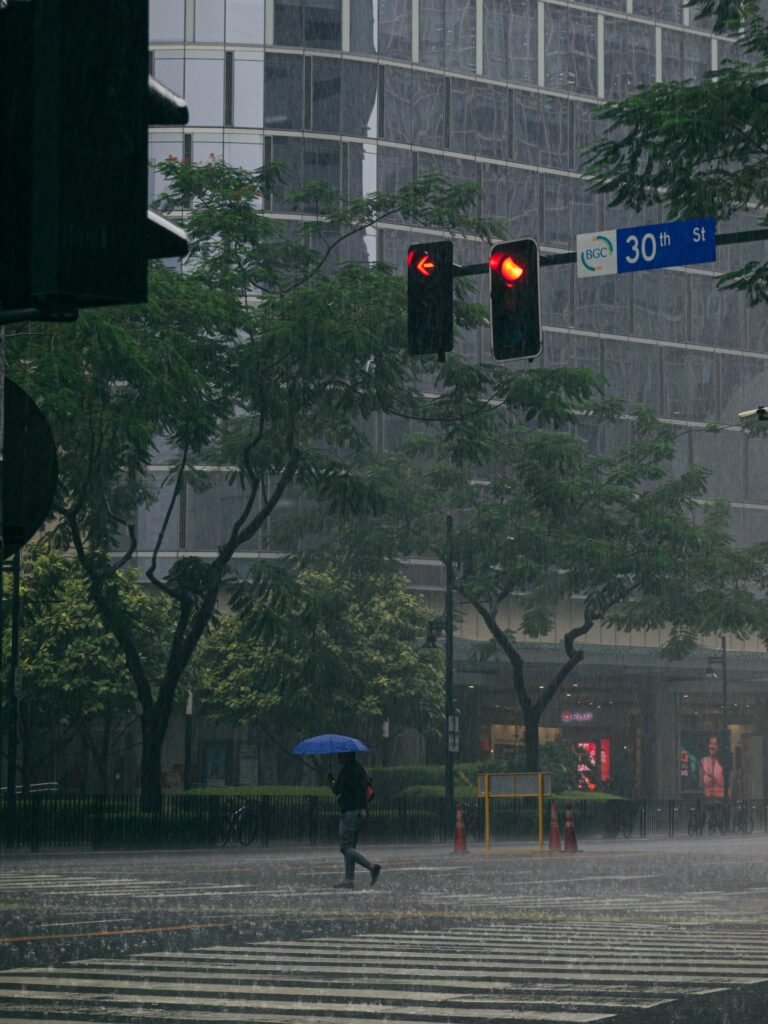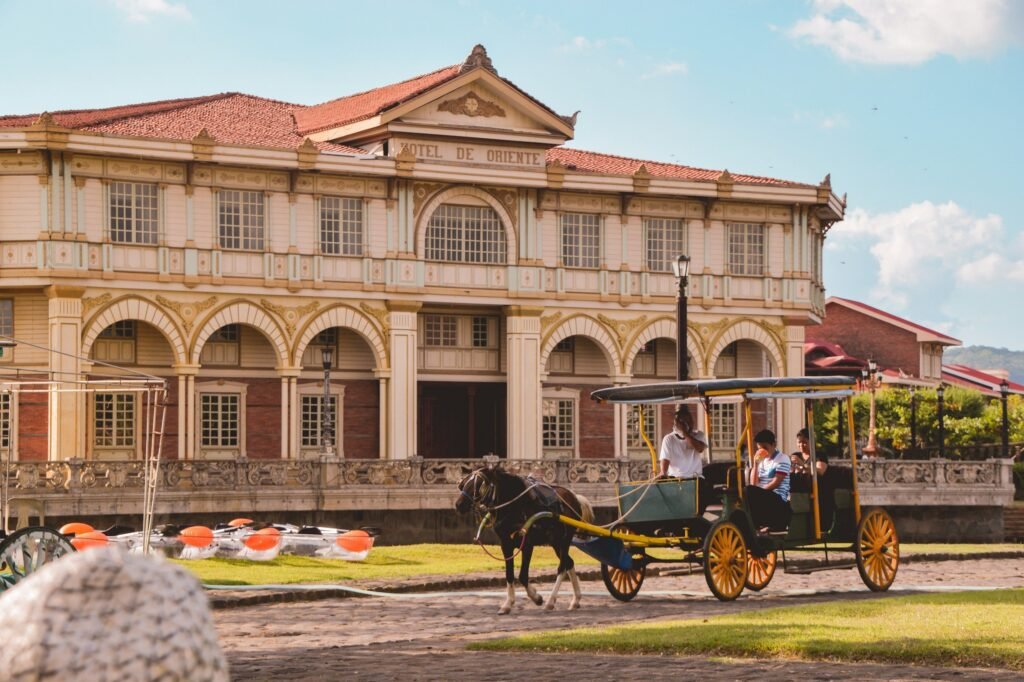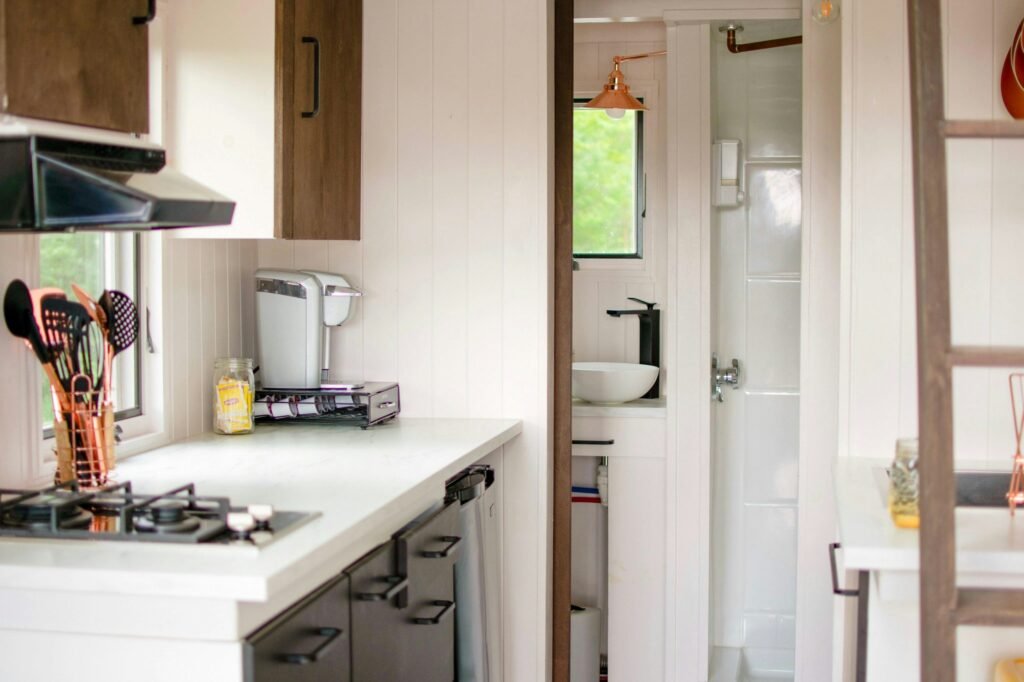This article provides essential tips to help the Philippines prepare for El Niño in 2024, including battling rising temperatures, addressing water shortages, preventing fires, and bracing for typhoons.

PHOTO: PhilRice
Most people are aware of El Niño, but for those who are not, it is a natural climate pattern characterized by warmer-than-average sea surface temperatures in the Pacific Ocean, which has far-reaching effects worldwide. This phenomenon disrupts global weather patterns, leading to extreme weather events, temperature variations, and other environmental changes.
The Philippines, being located in the Pacific region, has experienced the consequences of El Niño in the past, and it is important to be prepared for its predicted return in 2024.
Understanding El Niño and Its Impacts
El Niño is a climate phenomenon characterized by the warming of the ocean surface temperatures in the eastern equatorial Pacific. This natural occurrence affects weather patterns globally, leading to significant impacts on various regions. The events are associated with extreme weather events, such as droughts, heat waves, and heavy rainfall.
The Philippines has experienced several significant El Niño events in the past, with devastating consequences. These events have resulted in droughts, agricultural losses, water shortages, and disruptions to everyday life. It is crucial to understand the gravity of these impacts and learn from past experiences to prepare for future occurrences effectively.
Predicted challenges for 2024
As we head into 2024, the Philippines may face a series of challenges due to El Niño. Rising temperatures are expected, leading to heatwaves and prolonged dry spells. This can result in reduced water supply, affecting agriculture, water availability, and daily activities. Extreme weather events, such as typhoons, may also be amplified during this period.
Battling Rising Temperatures
As mentioned above, rising temperatures are truly expected in case such a phenomenon happens. This means that we may feel humid, hot, and painful because of high temperatures. Thereby, here are some tips on how we can battle rising temperatures:
Home insulation
Proper insulation is vital in keeping homes cool without relying heavily on energy-intensive air conditioning. A well-insulated home helps maintain a comfortable temperature and reduces the need for excessive cooling. Consider adding insulation to roofs, walls, and windows to prevent heat from entering the living spaces.
Natural cooling methods
Take advantage of natural cooling methods that are not only sustainable but also culturally significant in the Philippines. Incorporate plants in and around homes to provide shade, reduce heat absorption, and improve air quality. Proper ventilation and traditional architectural techniques, such as elevated structures that allow for air circulation, can also help keep homes cool.
Staying hydrated
Rising temperatures require extra attention to staying hydrated. In addition to drinking plenty of water, consider creating homemade electrolyte solutions using easily accessible ingredients like salt and citrus fruits. This ensures the replenishment of essential minerals and electrolytes lost due to perspiration.
Addressing Water Shortages
El Nino events can exacerbate water shortages in the Philippines, leading to diseases and economic downgrades. It is essential to ensure that everyone has access to adequate water, and here are some ways to address this problem:
Rainwater harvesting
Install rainwater harvesting systems to collect and store rainwater for non-potable uses. This system can provide water for various purposes such as irrigation, cleaning, or flushing toilets. Utilize rain barrels, gutters, and filters to capture and store rainwater effectively. However, be sure to securely seal the container holding the collected rainwater to prevent it from becoming a breeding ground for mosquitoes.
Water-saving techniques
Adopt lesser-known water-saving techniques in everyday activities. These include using a bucket instead of a hose for washing vehicles, capturing and reusing gray water from showers and washing machines, and fixing leaks promptly. Small changes in water consumption habits can make a significant difference in conservation efforts.
Alternative water sources
Identify and utilize alternative water sources within your community, such as springs or community wells. Work collectively to ensure the sustainability of these sources while respecting local regulations and maintaining their cleanliness. Reducing reliance on traditional water sources helps alleviate the strain during periods of water scarcity.
Preventing Fires and Ensuring Safety
Fires are inevitable, especially during extreme hot weather conditions. It is not impossible that the high temperature can ignite some wooden structures, trees, and forests. Therefore, we provide some of the best tips to prevent fires and ensure your safety.
Fire-resistant landscaping
Choose fire-resistant plants and landscaping techniques to minimize the risk of wildfires. Avoid flammable materials in landscaping, including lightweight wooden structures or highly combustible plants. Instead, opt for native plants that thrive in the local climate, soil conditions, reducing the risk of them becoming invasive. Establish a buffer zone around your property for added protection.
Safe cooking practices
Practice safe cooking techniques, especially during periods of high heat and dryness. Avoid cooking or grilling outdoors on windy days and never leave cooking unattended. Keep fire extinguishers readily available and regularly check smoke detectors to ensure early detection of any potential fire hazards.
Emergency preparedness
Create a fire safety plan and ensure all family members are informed and aware of evacuation routes and meeting points. Prepare an emergency kit containing essentials such as flashlights, batteries, first aid supplies, and emergency contact information. Consider including waterproof document protectors and solar chargers to stay connected during emergencies.
Bracing for Typhoons and Extreme Weather
Undoubtedly, typhoons are one of the worst impacts of El Nino, and it is a natural hazard that we can’t avoid. So, to brace for typhoons and other weather conditions, here are a few crucial reminders:
Reinforcing homes
Strengthen your home against strong winds and extreme weather conditions. Secure roofs, reinforce windows with protective shutters or storm windows, and ensure that doors are sturdy. Regularly maintain and inspect the structural integrity of your home to minimize potential damage during typhoon events.
Natural barriers
Plant trees strategically around your property to act as natural windbreaks. Trees not only provide shade and contribute to overall sustainability but also help protect against strong winds during typhoons. Collaborate with your community to embark on tree-planting initiatives for a collective impact.
Emergency kits
Craft a comprehensive emergency kit that includes essentials often overlooked, such as waterproof document protectors and solar chargers. These items can help you stay connected, informed, and organized during and after extreme weather events. Pack necessary supplies, including non-perishable food, water, medication, and important documents.
Lesser-Known Tips for El Niño Preparedness
Below are more tips in order to cope with El Nino:
Community collaboration
Form neighborhood watch groups or community organizations to monitor and address El Niño-related challenges together. Collaborative efforts can create a stronger sense of resilience within your community and help identify solutions for shared concerns.
Staying informed
Utilize local apps and platforms that provide real-time weather updates and alerts specific to the Philippines. Stay updated on the latest information concerning El Niño and its impacts. Being well-informed allows you to make timely decisions and adapt to changing circumstances effectively.
Mental and emotional preparation
Recognize the psychological impacts that extreme weather events can have on individuals and communities. Find support in local community groups or organizations that provide counseling or mental health services. Connecting with others facing similar challenges can be beneficial in coping with the stress and anxiety that may arise.
In Pursuit of Sustainability: Withstand El Niño with the Philippines
In preparing for El Niño in 2024, it is crucial to take a proactive approach toward sustainability, resilience, and community cooperation. By implementing these essential tips, the Philippines can better withstand the impacts of El Niño, ensuring the safety, well-being, and long-term sustainability of its people and environment.
For further information on how BillionBricks can benefit your community, get in touch with us at https://billionbricks.org/contact-us-ph.
Resources:
-
Reliefweb. Striking a Balance: Managing El Niño and La Niña in Philippines’ Agriculture. Retrieved from: https://reliefweb.int/report/philippines/striking-balance-managing-el-ni-o-and-la-ni-philippines-agriculture
-
Rey Gamboa. Preparing for El Niño. Retrieved from: https://www.philstar.com/business/2023/07/06/2278903/preparing-el-nio-
-
United States Environmental Protection Agancy. Adapting to Heat. Retrieved from: https://www.epa.gov/heatislands/adapting-heat
-
World Health Organization. Water shortage in the Philippines threatens sustainable development and health. Retrieved from: https://www.who.int/philippines/news/feature-stories/detail/water-shortage-in-the-philippines-threatens-sustainable-development-and-health
-
Monterey Park. Preparing for Fire Season & El Niño. Retrieved from: https://www.montereypark.ca.gov/1118/Preparing-for-Fire-Season-El-Nino
-
Weather Underground. Prepare for a Hurricane or Typhoon. Retrieved from: https://www.wunderground.com/prepare/hurricane-typhoon



